Co-create the future state
We are experimenting a lot with simulations and agile games at the #PoDojo. One game we have used over the last two years is a variant of the Lego 4 Scrum by Alexey Krivitsky game that creates consistently a hard leadership challenge. We have got very mixed outcomes from using the game playing around with the constraints of timeboxes, roles, team structures, stakeholder madness and way of planning.

Work as a confusing and chaotic experience?
During the simulation we have seen teams going astray and following their intrinsic motivation to build just what they liked, e.g. amazing huge airplanes without any business value, while the Product Owners were struggling to catch up with changes made by the stakeholders. And participants experienced all the emotions that offshoring a part of the team and work can create to a group that is just about to start performing. People mostly reported a confusing and chaotic experience making them rethink their role at work and even making a real change afterwards towards a role that helps their teams get into a flow state.
What added to this realistic experience was that we tried to keep the visioning part indifferent to leave room for practicing Product Owner skills to lead in a situation of high uncertainty. That fuzzy front end made the whole team very vulnerable to ad hoc changes coming from stakeholders side and we have seen all the behaviours that we know from real world work when there is weakness on the purpose and alignment side in product development.
Co-creating the idea of the future state
From our work with real teams we know about the impact a shared vision and common purpose has on the dynamics of groups. What struck us still last time at the #PoDojo is how strong this influence is in bonding a group who has never worked together before. The amount of time was just about 30 minutes more and we achieved an unproportional higher quality in planning by co-creating the vision with the whole team. That has influenced the group dynamics later when building the Lego airport and the quality of the outcome in a non linear way.
When the chaos of building began everyone still shared the idea of the future state which made a huge different to what we had experienced so far with the Lego 4 Scrum. One team had the impediment that there was too much fun and obviously they have been in flow state even while building the lego airport within three 15 minutes sprints.
Here is a clip showing the surprising structure that emerged from the self-organizing teams.
The science of intrinsic motivation tells us how important the (shared) purpose in a team is and how autonomy for controlling the work creates a flow experience, happiness at work and finally great outcomes. And we know how to achieve that too, the tools and practices are all easy to understand and available to us all. Yet we rarely find teams in that state in real world, going the whole way from the problem and vision to the solution and thus creating a shared understanding of the “Why”, “What” and “How”. Why is that so?
Take-a-ways
Insight: Activities have an indirect, non-linear effect over time, that can surprise you
Insight: What you do with your team now will have hard to predict outcomes later, so be mindful of the culture you create and use tools that help you reduce but not ignore complexity
Insight: Creativity can be a team activity if you are using the right tools and share a mindset
Do different: No roles, everyone involved in creating the vision
Do different: Use visual tools massively
Tool: Value Proposition Canvas
Tool: Story Mapping
Tool: Empathy Map
Tool: Elevator Pitch
Tool: How Might We Question
Tool: Brainstorming
Tool: Affinity Clustering
Tool: Dot Voting
References

